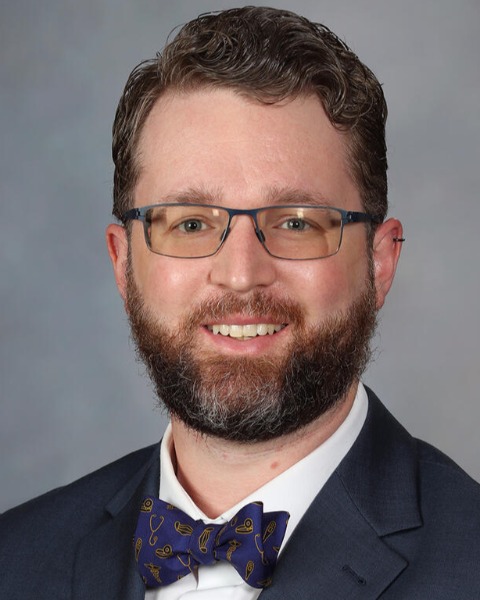Medical Education
Session: Medical Education 1 Works in Progress
WIP 14 - Tele-teaching Point-of-Care Ultrasound (POCUS) to Pediatric Residents: feasibility of this novel educational method
Sunday, May 5, 2024
3:30 PM - 6:00 PM ET
Poster Number: WIP 14
Publication Number: WIP 14.2495
Publication Number: WIP 14.2495

Justin E. McKone, MD, MPH (he/him/his)
Resident Physician
Mayo Clinic Children's Center
Rochester, Minnesota, United States
WIP Presenting Author(s)
Background: Pediatric residency program directors and residents agree that Point-of-Care Ultrasound (POCUS) training should be part of residency curricula. However, fewer than half of programs offer informal training, and even less have a formal POCUS curriculum. The most common barrier to implementation is lack of qualified instructors within residency programs. We set out to develop a novel educational method to address this gap in Pediatric Residency Education.
Objective: Our primary aim was to assess feasibility of tele-teaching a POCUS curriculum. Secondary objectives were for residents to develop basic competency in POCUS applications areas.
Design/Methods: A pilot curriculum was developed to combine independent online learning with remote POCUS skill sessions. Residents asynchronously completed online Global Ultrasound Institute modules and quizzes. Topics included extended focused assessment with sonography in trauma, soft tissue, renal/bladder, cardiac, and anatomical landmarks for lumbar puncture and vascular access. Using Butterfly IQ+™ devices (Butterfly Network, Guilford, CT) and the TeleGuidance™ feature of the Butterfly application, real-time tele-teaching sessions were then proctored by a remote POCUS-trained Pediatric Emergency Medicine faculty member. Residents used a tablet connected to the ultrasound probe that was positioned on a tripod with anatomy of interest in view of the rear camera. This gave the instructor a view of ultrasound images, probe positioning, and anatomical site in real-time. The Butterfly TeleGuidance™ feature allowed instructor feedback via audiovisual communication and remote control of aspects of the ultrasound probe including gain, depth, mode, and image annotation. Upon completion of educational modules and training sessions, residents will continue independent practice, and images captured will be reviewed remotely by POCUS faculty until basic competency is achieved in each area. This activity was considered IRB-exempt.
